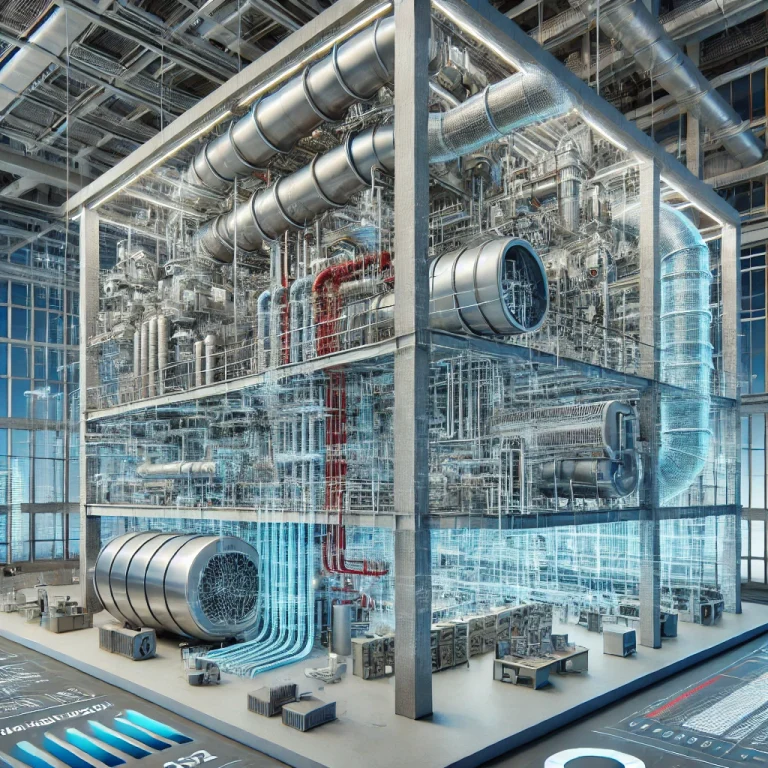 Why BIM is Revolutionizing Plumbing, Heating & Ventilation Design
Why BIM is Revolutionizing Plumbing, Heating & Ventilation Design

 Axoncad – Your BIM Partner for Building Services
Axoncad – Your BIM Partner for Building Services
Axoncad Engineering specializes in BIM-driven design for plumbing, heating, and ventilation in residential buildings, multi-family houses, offices, hospitals, and renovation projects.
With nearly 50% of construction companies adopting Building Information Modeling (BIM) solutions [3], its impact on efficiency and accuracy is undeniable. However, despite its rapid growth, BIM adoption still faces challenges. This article explores why BIM is essential for modern building systems and the barriers preventing widespread adoption.
 What is BIM & Why is It Essential for MEP Systems?
What is BIM & Why is It Essential for MEP Systems?
Building Information Modeling (BIM) is an intelligent 3D modeling process that enables architects, engineers, and contractors to collaborate efficiently.



For plumbing, heating, and ventilation systems, BIM optimizes:



Despite its advantages, many companies hesitate to adopt BIM due to complexity, data processing requirements, and workforce adaptation challenges.
 Challenges of BIM Adoption
Challenges of BIM Adoption
 1. BIM Requires a Significant Initial Setup
1. BIM Requires a Significant Initial Setup
Unlike traditional 2D/3D CAD software, BIM demands a more detailed project setup before work begins. Two primary reasons contribute to this:

- BIM software is more sophisticated than traditional CAD tools.
- It requires a new approach to virtual building design.
- Engineers accustomed to 2D or basic 3D CAD may face a learning curve when transitioning to BIM.

- Thermal, energy, and airflow calculations require precise parameter entries.
- Missing or incorrect data can compromise the analysis of energy efficiency and building performance.
- Modern BIM software offers model validation, but accuracy remains a challenge.
 2. BIM Models Demand High Computational Power
2. BIM Models Demand High Computational Power
BIM models contain significantly more data than traditional 3D CAD models. This means:



- A 64-bit operating system
- Minimum 8 GB RAM (Recommended: 16+ GB)
- High-speed multi-core processors
- Advanced graphics cards for rendering

 3. Workforce Training & Skill Adaptation
3. Workforce Training & Skill Adaptation
BIM is a specialized skill requiring professional training:



- Limited availability of high-quality BIM courses
- Training costs can be high
- Lack of BIM specialists in the job market
Despite these barriers, BIM is essential for optimizing plumbing, HVAC, and ventilation design, ensuring:


 Conclusion: The Future of BIM in MEP Design
Conclusion: The Future of BIM in MEP Design
BIM adoption is accelerating, and companies that embrace digital transformation will gain:


At Axoncad, we specialize in BIM for MEP engineering and offer:



 Hashtags for SEO Optimization
Hashtags for SEO Optimization
#BIM #MEPDesign #PlumbingDesign #HVAC #Ventilation #ConstructionTechnology #DigitalTransformation #BuildingInformationModeling #Engineering #EnergyEfficiency












